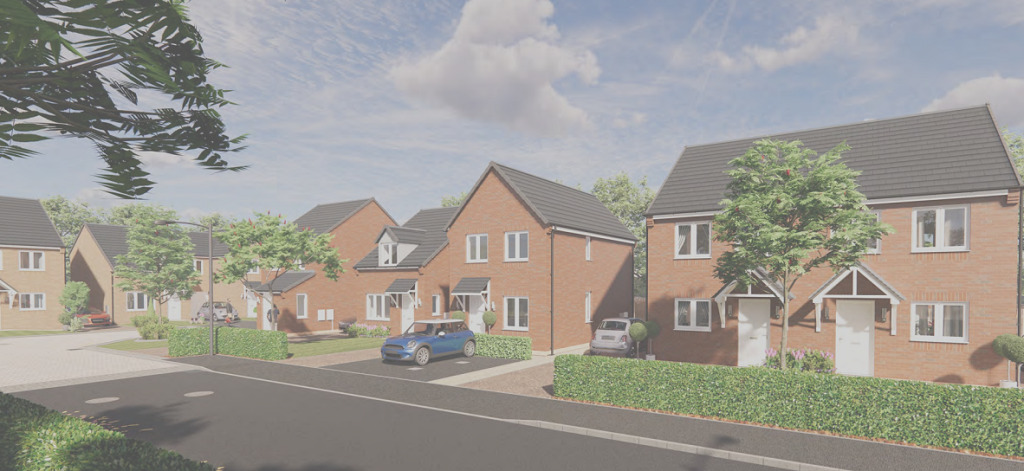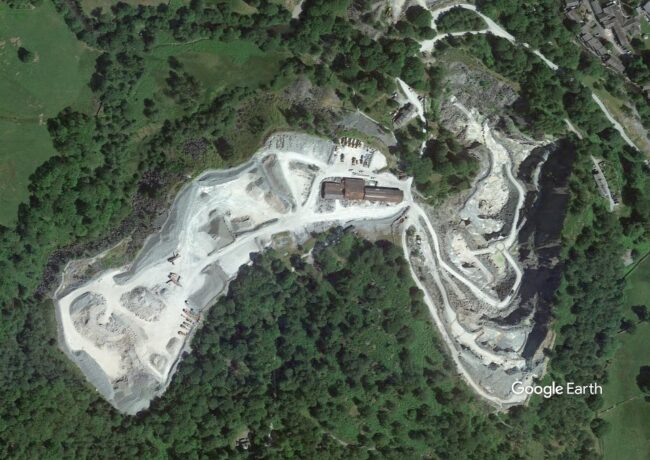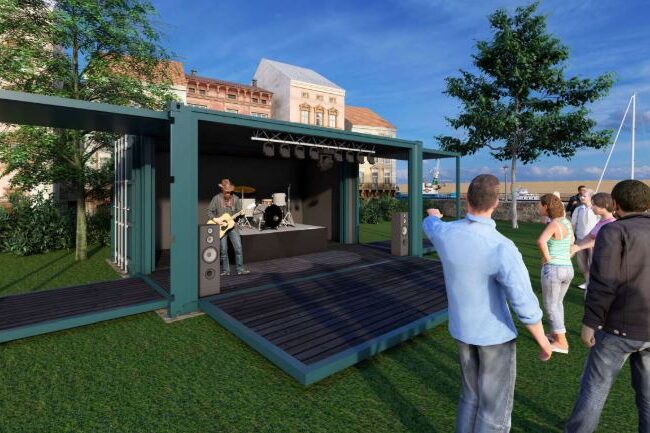Cumberland says yes to 62 houses, solar farm
Gleeson Homes can get to work to deliver the properties off St Michaels Drive in Longtown, while a 200-acre plot off Leaps Rigg in Walton will be transformed to create a 49.9MW facility.
Cumberland Council approved both of the applications at its planning committee meeting on Wednesday. These decisions were made in line with officer recommendations.
St Michaels Drive
Application number: 22/0822
Gleeson Homes will deliver 62 houses on the five-acre agricultural plot off St Michaels Drive in Longtown, near Carlisle.
Proposals feature 12 two, 34 three-, and 16 four-bedroom homes, including a mix of bungalows, detached, and semi-detached houses.
In terms of parking, each home will be provided with at least two car parking spaces, with a total of 162 car parking spaces across the site. Some properties will also have garages.
The application had received eight objections from neighbouring residents, with concerns raised regarding the scale of the development, as well as its impact on residential amenity, schools, biodiversity, and highways.
Cumberland Council approved the application on the grounds that the applicant agreed to a number of conditions including 12 affordable homes and a financial contribution of more than £42,000 towards the improvement of existing open space within Longtown.
PFK Planning and Development is the scheme’s planning consultant.
Leaps Rigg
Application number: 23/0415
Opdenergy is anticipated to start work in spring 2025 to create a 49.9MW solar farm on the 200-acre site off Leaps Rigg, near to Brampton.
It is predicted that the facility will generate enough energy to power 13,500 houses while saving 295,000 tonnes of carbon dioxide over its 30 years of operation.
Proposals for the solar farm include fixed solar arrays, inverters and transformers, battery storage containers, a sub station and a control room.
The energy will be generated by converting light from the sun into electricity. This energy will be fed directly into the national electricity grid to supply electricity to domestic and commercial consumers.
Plans anticipate that the land around and between the panels will still be used for grazing sheep. The land will also be returned to its existing agricultural state once the solar farm is decommissioned at the end of its viable economic life.





More cookie-cutter depression with plastic pvc micro-windows and fake everything. Can we not do better than this?! These are a blight on the British landscape. No-one with any class and aspiration would buy these. They only create ghettos for the undemanding!
By James Kirkall
The sooner mandatory design codes are bought in, the better.
By Rye&Eggs